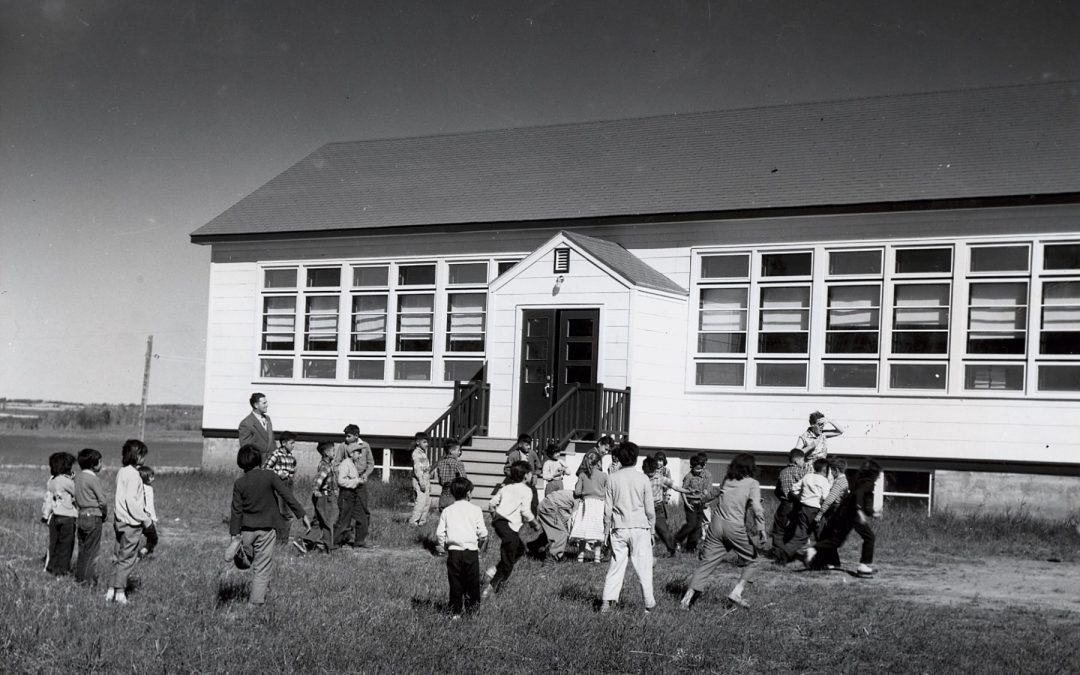A former student of Indian Day Schools says a recent settlement package although a good thing is causing confusion.
Tom Roberts of the Lac La Ronge Indian Band attended day school in the 1950’s.
He says the confusion is over eligibility, suggesting off-reserve day schools will not be considered in the settlement.
“I did talk to our consultants in Regina and they were saying that the school had to be on the reserve. If it was off-reserve you don’t qualify as a day school student for compensation,” Roberts said. “If the school was on the reserve and you lived on the reserve then you qualified for compensation. That’s good, but back in my generation in the 1950’s and 60’s there were hardly any schools on the reserves in northern Saskatchewan, maybe one or two.”
The settlement follows a class-action lawsuit by former students over abuse they suffered at the federally run institutions.
Like the Inuit of Labrador, day school students were left out of the Residential School settlement, negotiated more than a decade ago.
As part of the settlement, students are eligible for $10,000 in compensation for attending a day school and could potentially be awarded between $50,000 and $200,000 depending on the severity of the abuse.
A $200 million legacy fund is also being established.
Crown-Indigenous Relations Minister Carolyn Bennett says beginning in the 1920’s approximately 200,000 Indigenous children attended day schools.
Day schools refer to children who attended classes during the day and returned home at night, differing from residential schools where children were away from home for months at a time.
“The Government of Canada announced a range for the settlement for Indigenous Day School survivors yesterday. The lack of detail on the process, clarity on the individual adjudication process and the principle of access to legal counsel is sorely missing. We are calling on the Minister to provide clarity on these issues as soon as possible,” said, Joan Jack, on behalf of a number of class members. “Without clarification these survivors will continue to question when and if they can truly tell their story and the process they need to follow to seek access to the settlement offered by Canada. Frankly, we feel let down by the federal government announcement.”
Roberts says with the settlement in hand, it is important to understand how and why day schools occurred and to begin healing.
(Photo: New Cote Indian Day School (Kamsack, SK), Sept. 1958. Courtesy of www2.uregina.ca.)
